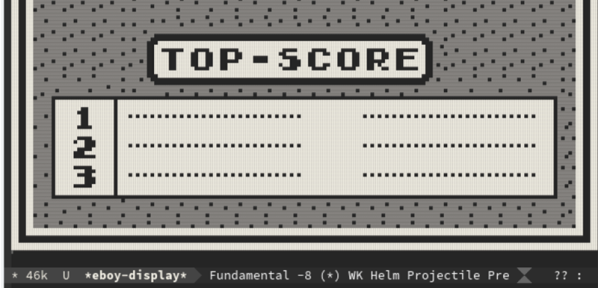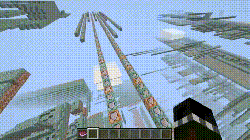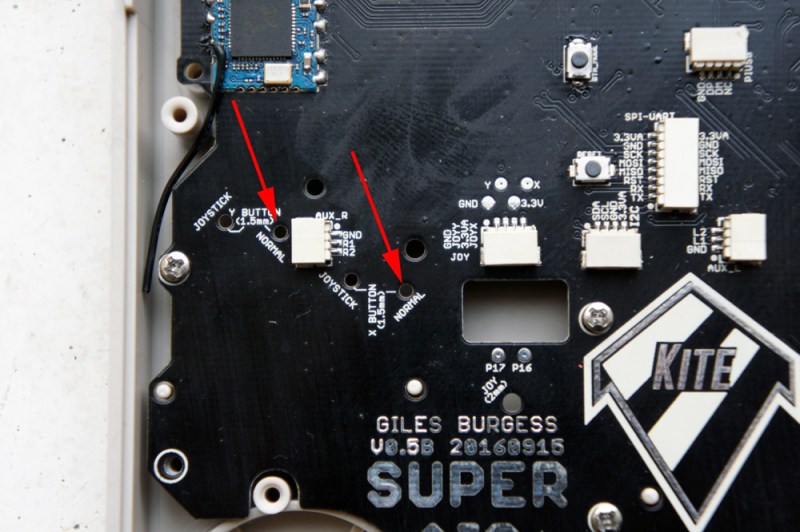It was about time (Mario Time) that Super Mario Land for the original Game Boy was revisited. The game served as the entry point into the world of portable gaming for millions, and it was an early example of the type of adventure players could expect from a handful of AA batteries. The original Game Boy system itself may have only been able to display four shades of grey, however, that never stopped players of Super Mario Land from imagining what the game would have looked like in stunning color. Now thanks to [toruzz] we no longer have to imagine, because their Super Mario Land DX ROM Hack does just that…and then some.
The Super Mario Land DX ROM hack adheres to the Game Boy Color’s 16-bit color palette, so it actually runs on real hardware. No changes to the gameplay were made and it also runs in the native 10:9 aspect ratio for the Game Boy. According to the patch readme file, it is recommended to use a legally sourced dump of the 1.0 version of Super Mario Land and utilize Lunar IPS to apply the patch. Additionally a CRC check sum is provided to ensure everyone is working from the same starting point.
Super Mario Land was a launch title for the Game Boy in 1989, but there was another handheld game system that released that year as well (the Atari Lynx). The Lynx featured a full color backlit LCD display, so it was not as if handheld game systems of the era were restricted to being monochromatic. Granted the Lynx came with a price tag nearly twice that of the Game Boy, but a transformative ROM hack such as the Super Mario Land DX one can serve almost as an alternate history. An alternate history that we all can experience now be it on a desktop or in true portable form.
To see the Super Mario Land DX ROM Hack in motion, there is the gameplay video from YouTube user Vincent Hernandez below:
Continue reading “Super Mario Land DX ROM Hack Shows What Game Boy Could Have Looked Like”



















